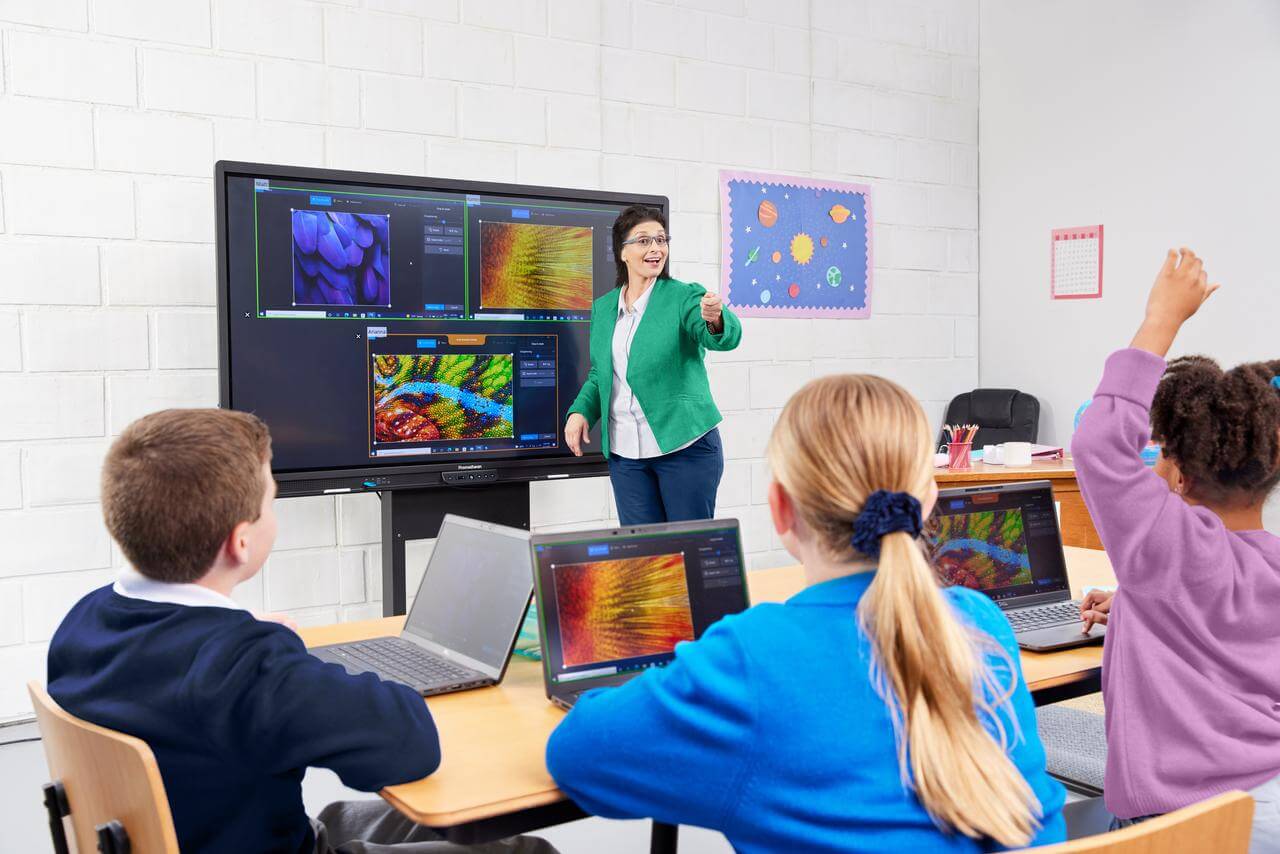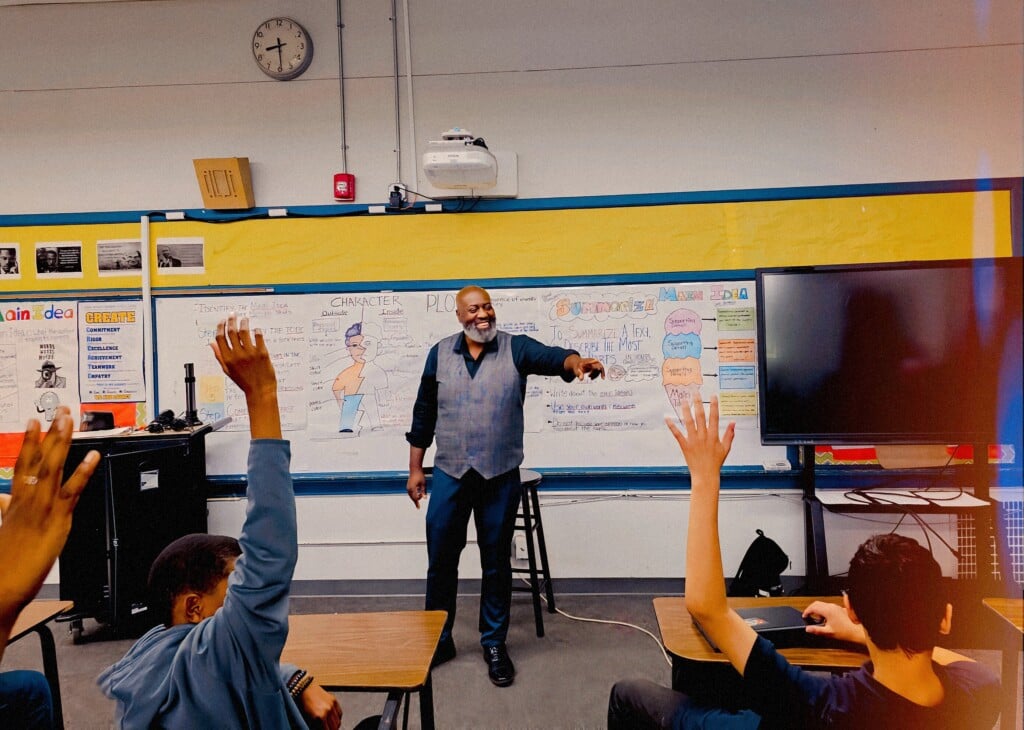Primary Science Tuition Singapore for Building Confidence in Science
Primary Science Tuition Singapore for Building Confidence in Science
Blog Article
A Comprehensive Overview to the Various Understanding Techniques in Main Scientific Research Instruction
The exploration of diverse knowing methods in primary scientific research instruction offers an opportunity for teachers to enhance student involvement and comprehension dramatically. By examining hands-on understanding strategies, inquiry-based methods, and collective strategies, we can recognize effective methods that accommodate different discovering designs. Furthermore, the integration of innovation and differentiated guideline plays a crucial duty in fostering a comprehensive environment. However, the inquiry continues to be: just how can these methods be effectively executed in the classroom to optimize their effect? The solution hinges on a better assessment of each strategy and its implications for training scientific research.

Hands-On Knowing Strategies
Hands-on understanding methods play an essential function in primary science guideline, engaging trainees in energetic exploration and testing. These methods permit learners to interact straight with phenomena and products, promoting a deeper understanding of scientific principles. By utilizing manipulatives, models, and real-life experiments, educators develop a setting where trainees can observe, assume, and evaluate their ideas.
Such methods not just enhance understanding but also cultivate critical thinking and problem-solving abilities. When pupils take part in activities like constructing basic machines, growing seeds, or performing chain reactions, they are urged to ask inquiries and seek answers via their very own observations. This experiential technique assists to demystify complicated scientific principles, making them extra available and relatable.
In addition, hands-on knowing advertises partnership amongst peers, as pupils frequently work in teams to conduct experiments or share findings. This team effort not just enriches their knowing experience yet additionally develops necessary social abilities. Inevitably, integrating hands-on strategies in main science guideline cultivates a long-lasting love of knowing and interest regarding the environment, laying a strong structure for future academic quests in scientific research and beyond.
Inquiry-Based Discovering
Inquiry-based discovering is an educational method that encourages students to ask questions, examine phenomena, and construct their own understanding of clinical concepts. This technique shifts the emphasis from conventional teacher-led guideline to an extra student-centered experience, where learners take the effort in their educational trip. By cultivating interest, inquiry-based discovering promotes much deeper interaction with the product, allowing pupils to explore topics in a significant context.
In practice, this method often entails hands-on experiments, observations, and essential reasoning tasks that straighten carefully with the scientific technique. Trainees are urged to create theories, layout investigations, and examine data, which grows essential skills such as analytical and analytic reasoning. The role of the teacher in this structure is to promote exploration, guiding pupils with the query procedure while motivating independent idea and collaboration.
In addition, inquiry-based understanding supports a feeling of possession over the discovering procedure, encouraging trainees to go after knowledge actively. This technique not only enhances understanding of clinical principles but also fosters a long-lasting love for discovering, furnishing students with the skills needed to navigate an increasingly complicated globe.
Collaborative Learning Approaches
Joint understanding strategies equip pupils to engage in significant communications with peers, fostering a shared obligation for their educational outcomes. In main scientific research instruction, these approaches encourage learners to collaborate to check out clinical concepts, fix problems, and carry out experiments (primary science tuition Singapore). By joining team activities, trainees can utilize diverse viewpoints, permitting richer understanding and retention of scientific expertise
One key element of collective discovering is the focus on interaction skills. Students must express their thoughts, pay attention proactively to others, and bargain concepts, all of which are crucial expertises in both real-world and scholastic contexts. This social interaction not just enhances their understanding of clinical principles yet also promotes team effort and dispute resolution skills.
When students see the worth of their contributions within a group, they are more most likely to click here now take possession of their discovering trip. In general, incorporating joint discovering techniques in main science direction grows a dynamic learning setting that prepares trainees for future scholastic and social difficulties.
Innovation Combination in Scientific Research
The assimilation of modern technology in main scientific research instruction boosts learning experiences by offering ingenious devices and sources that support different training methodologies, including collaborative learning - primary science tuition Singapore. Using electronic systems, simulations, and interactive applications allows trainees to engage deeply with clinical ideas, promoting a more hands-on approach to understanding
Online research laboratories, for example, allow learners to conduct experiments securely and efficiently, advertising inquiry-based knowing. These tools can simulate real-world scientific scenarios, permitting students to picture complex processes that would certainly be difficult to replicate in a traditional classroom setup. Furthermore, innovation fosters communication and collaboration amongst students, as they can share searchings for and work her latest blog together on tasks with online platforms.
Furthermore, multimedia presentations and academic videos can improve lessons by accommodating varied discovering styles, making abstract principles much more easily accessible. Data evaluation tools additionally equip students to accumulate and translate scientific information, strengthening crucial assuming skills. In general, the strategic consolidation of technology in key science instruction not just enhances involvement however additionally prepares trainees for a technically innovative society, equipping them with crucial abilities for future clinical undertakings.
Separated Direction Techniques
Set apart guideline strategies are crucial for resolving the varied needs of learners in key science education and learning. These methods enable teachers to customize their training approaches to fit varying capacities, passions, and discovering styles within the class. By using distinguished guideline, teachers can create a comprehensive atmosphere that cultivates interaction and improves understanding of scientific ideas.
One efficient method is to use adaptable organizing, which permits trainees to team up with peers at comparable skill degrees or with varying viewpoints. This strategy encourages peer knowing and advertises vital thinking. Additionally, providing selections in assignments can equip pupils, permitting them to select projects that resonate with their rate of interests while still fulfilling curricular goals.
In addition, including tiered projects is one more important technique. By creating jobs with differing levels of intricacy, teachers can ensure that all students are properly tested, no matter of their proficiency. Using developmental assessments to gauge understanding further allows instructors to change their training techniques dynamically, making sure that each learner receives the support they need.
Inevitably, carrying out differentiated guideline methods in main science education not just improves trainee knowing outcomes yet additionally grows an interest for science, preparing trainees for future academic pursuits.

Final Thought
In recap, efficient main scientific research instruction requires a complex method that encompasses hands-on look at more info understanding, inquiry-based methods, and joint techniques. The assimilation of innovation and differentiated direction further accommodates diverse understanding styles, cultivating an environment for expedition and crucial reasoning. By implementing these techniques, instructors can enhance trainee involvement and comprehension, eventually supporting a long-lasting passion for science and questions. Such thorough approaches are necessary for creating informed and curious future scientists.
The exploration of diverse knowing techniques in main science instruction presents an opportunity for instructors to boost student engagement and understanding significantly.Hands-on learning techniques play a crucial duty in key scientific research guideline, involving trainees in energetic expedition and trial and error.Inquiry-based discovering is a training technique that encourages trainees to ask questions, investigate phenomena, and create their very own understanding of clinical ideas.Collaborative knowing methods empower pupils to involve in purposeful interactions with peers, fostering a common obligation for their academic results. In general, incorporating joint understanding strategies in key scientific research direction grows a vibrant discovering atmosphere that prepares trainees for future academic and social obstacles.
Report this page